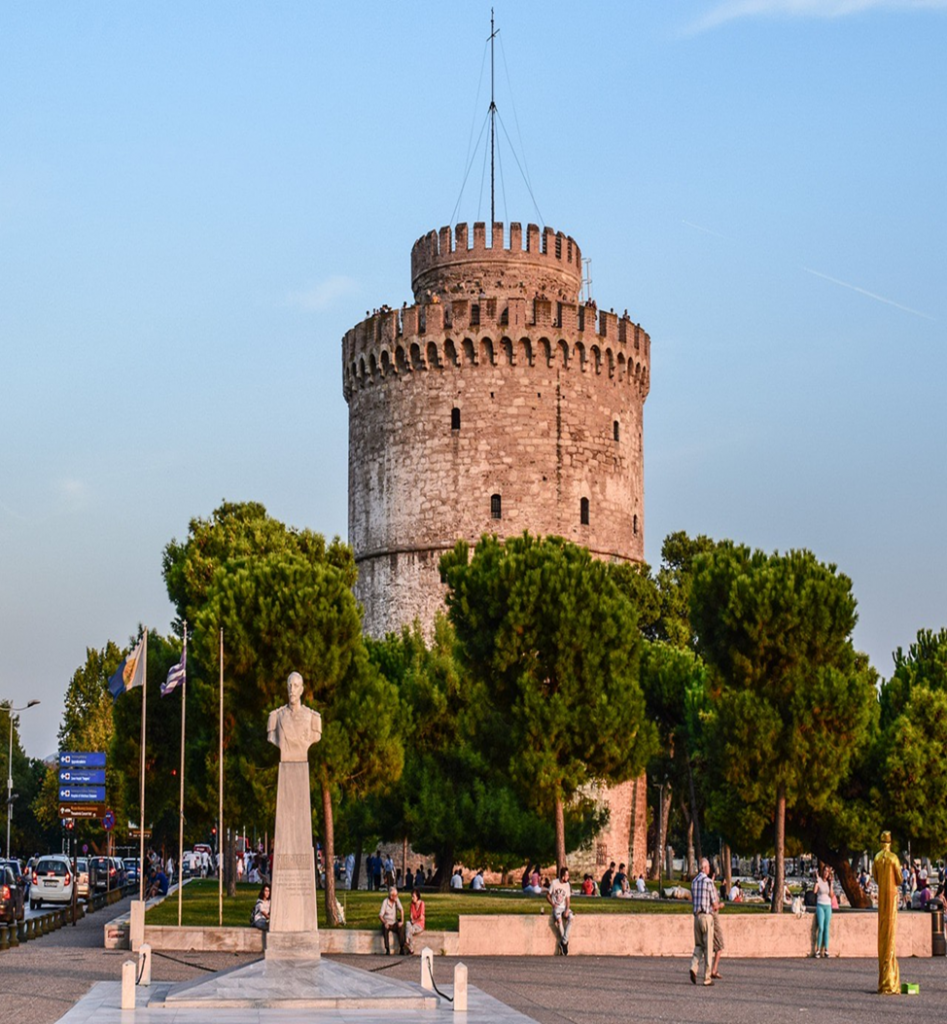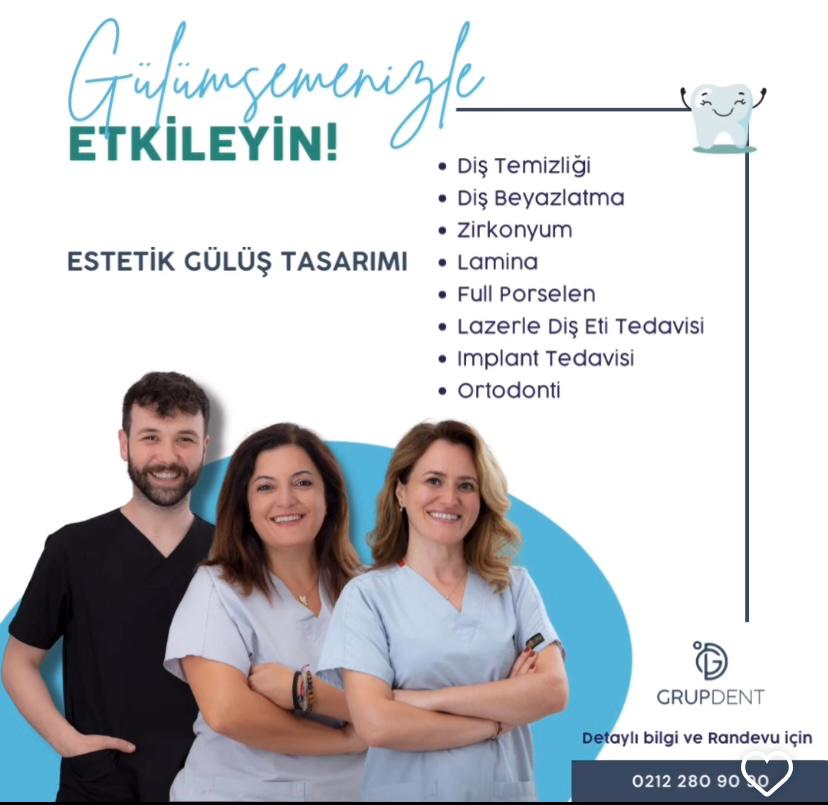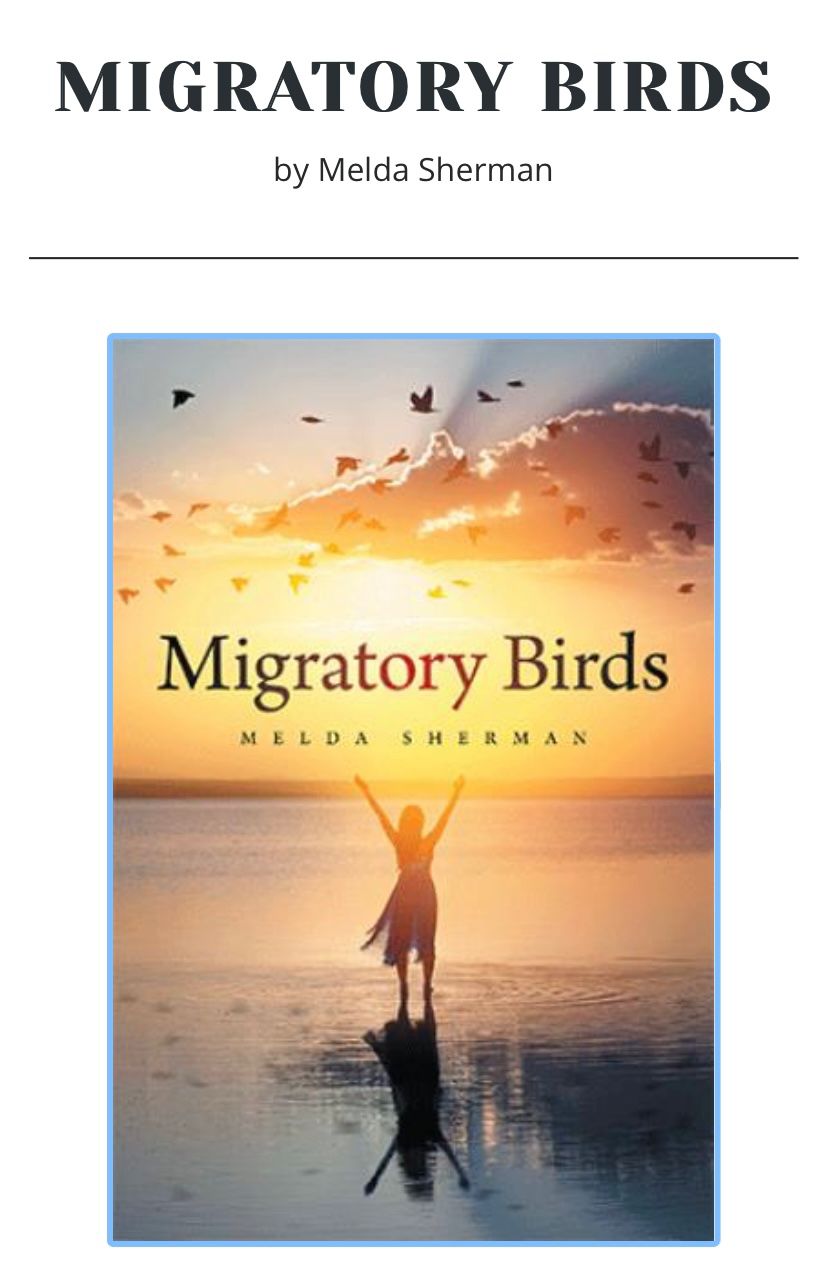
The magical journey from the Blue City to the White Tower
In search of fun and romance, Kavala and Thessaloniki suddenly appeared on my itinerary and I had no idea what to expect. Kavala, also known as the Blue City, was my first stop; places I never expected to visit sometimes turn out to be my favorite!
It was as if the city of Kavala, which made me feel as if I had traveled back in time as soon as I entered the city, screamed that it had a turbulent past as the home of Byzantines, Ottomans, pirates, and Mohamed Ali… If you have the Acropolis marked on your map, Kavala might be the place for you. You will understand what I mean in the rest of my article.

Why is Kavala, which rises like an amphitheater from the sea to the hillside, called the Blue City? The answer to my question is that this impressive historic town was built on a rocky promontory surrounded by the blue and turquoise colors of the Aegean Sea. It was impossible not to be inspired as the Mediterranean sun shone like a jewel on the colorful houses.
I recommend that you start your holiday in Kavala from the old town of Panagia. If you walk to Mohamed Ali Square, you can visit his statue and old house, now a museum in Kavala. Another piece of advice worth your tiredness: follow the steep paths to the castle, but be sure to wear comfortable shoes! When you arrive at the castle, you will be greeted by a 360-degree panoramic view of Kavala in all its splendor. The small, steep stairs are tiring, but well worth it!

When I ask the locals where to visit in Kavala, the answer is “Imaret”, which means “poor house”. Even if you are not interested in history, Imaret is fascinating and a must-see place in Kavala, please put it on your list! The building is a beautiful structure with courtyards, pools, and intricate roofs. Inside you can see the original old kitchen. A family of Kavala tobacconists restored it to its former glory after years of neglect and opened it as a hotel. So, if you want to step back in time, you can book a room!

I can’t wait to add the archaeological site of Filipi, a UNESCO World Heritage Site, to my notes. There are walls, an acropolis, a theatre, a forum, two basilicas, and an octagonal church on this site, which contains important remains from the Greeks, Romans, and early Christians! The old version comes alive before my eyes: it’s like watching parts of a historical film, very interesting!
Of course, it is impossible to visit Kavala, which is famous for its tobacco, and not return without visiting the Tobacco Museum. The peculiarity of this museum is not only that it contains an exhibition on the processing of oriental tobacco (which is not to be found in any other museum in the world), but also that it is a museum that exhibits the economic, it is written on the board at the entrance!

After I visited the Roman Aqueduct and Archaeology Museum, I went down to the beach to mingle with the locals. Here is the setting I was looking for: on this beach with an old-fashioned charm, cafes, and taverns along the waterfront and a colorful little Ferris wheel are included in this view! Eating at the marina is a must for me! At the beautiful Psaraki restaurant, I sit in front of the sailboats and enjoy a meal of classic and modern dishes. The region’s famous grilled sardines, fried calamari, white taramosalata, prawn couscous, and Cretan salad are on the menu tonight!

I can hear you asking where the famous Kavala biscuits are. These delicious butter biscuits dusted with powdered sugar are popular all over Greece. I enjoy them and order a few boxes.
There is also an excellent sea and beautiful beaches in Kavala Bay where you can sunbathe and enjoy the sea. During the summer season, you can go to one of the popular beaches nearby, such as the blue flag beach of Amolofi, a beach with sunbeds and parasols. If you are looking for a wild beach experience, I recommend the nearby Akrotiri Vrasida, located in a small bay surrounded by lush vegetation and impressive rocks.

I say goodbye to Kavala with a romantic dinner and prepare for my next stop, Thessaloniki. After a bus ride of about 1.5 hours, I set foot in this city, which will be more attractive to those who like a lively environment. After settling into the Electra Palace Hotel in the city center, I begin my tour of this dynamic city. It has it all: interesting history, a beautiful coastline, and exciting nightlife. As a traveler, you may be wondering what to do in Thessaloniki. After reading this article, you will be surprised at the variety of things to do here.

The White Tower is the landmark of the city, located in the coastal part of the city. You can see the whole city and the Mediterranean Sea from the top of the White Tower. If you only have a few hours in Thessaloniki, a visit to the White Tower should be the only thing you do!

Thessaloniki Beach is also home to the Umbrella Sculpture, one of the city’s best photo opportunities. It is the symbol of the city’s European Capital of Culture status. It was also one of the iconic images of Thessaloniki, exclusive to the Instagram era. I get this information from a local. I walk further south and see some small parks like the Garden of Sands and the Garden of Remembrance. The view of the harbor of Thessaloniki, which is within walking distance, is magnificent. Seeing the many stylish and crowded bars, cafes and restaurants takes me back to the summer season. Famous for its nightlife, Thessaloniki will put you in the mood no matter what time of year you go. I find it a great place for a coffee break. Cafe Palermo attracts me with its stylish decor. The sight of the people I meet while sipping my coffee gives me the impression that they are fun-loving, lively, dynamic, and talkative. For a moment I feel like I am in İzmir Alsancak. I think they have very similar aspects in terms of location and environment.

The house where Atatürk was born, which is at the top of my Thessaloniki travel notes, is open to visitors as a museum. As I hurry, I realize that it is very crowded. There is a queue of Turks of all ages. It’s very exciting for me. When you start walking around, the most impressive part is the big room on the 2nd floor where Mustafa Kemal was born. I carefully examine some of Atatürk’s personal belongings and all the documents from his school days that he brought with him from Ankara. Finally, I noticed that the pomegranate tree planted by his father was still in the courtyard! I sadly leave the museum.

Let’s continue exploring the World Heritage sites in Thessaloniki! The next stop on my history tour is the Roman Rotunda. I learn that it was built in the early 300s as a place of worship for the Romans. After spending some time in the Roman Rotunda, I walk to the Arch of Galerius. This ancient structure was built in the early 300s as a sign of victory. You can look at all the little details on the girdle, but honestly, that’s it!
If you aren’t still bored, I recommend the Thessaloniki Archaeological Museum and the Museum of Byzantine Culture.

For dinner, I follow a recommendation to a wonderful Greek restaurant called ‘The Greek’. It was a very popular restaurant in Thessaloniki. I suggest you get there early as it fills up very quickly! No reservations! The starters, seafood main course, and of course the Greek salad were amazing! I will write in the comments on Google.

After dinner, I made my way to the Ladadika area, to the tavernas that have become the symbol of the town and its entertainment culture. Suddenly I’m involved in the Sirtaki night in Rouga, the place we found by chance and preferred for its hospitable owners!
Kalispera for now! ☺️
The Wind Seeker
The moment the captain’s records
were about to fade away,
His past and future suddenly met,
As the wind seeker searched
his lost soul behind the spinnaker,
His present visited him unexpectedly…
May the sunshine be in your heart forever,
See you in the blues,
Banu Demir
Editor & Poet
Instagram: bluevoyage_blueroute


